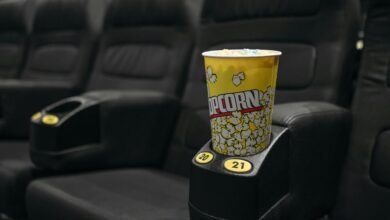What You Need to Know: Blind Frog Ranch Ownership Lawsuit

The Blind Frog Ranch ownership lawsuit presents a multifaceted legal dispute involving current owners and former stakeholders. Each party asserts distinct claims rooted in a complex historical context. The legal arguments highlight contested property rights and financial motivations. As this case unfolds, its implications could reshape property law precedents. The stakes are high, and the outcome may influence similar disputes in the future. What factors will determine the resolution of this contentious case?
Background of Blind Frog Ranch
Blind Frog Ranch, located in Utah, has garnered attention for its rich history and the mysteries surrounding its ownership.
Its origins remain shrouded in mystery, fueling interest among treasure hunters and historians alike.
The allure of potential hidden treasures has transformed the ranch into a focal point for exploration, drawing individuals eager to uncover its secrets and understand its enigmatic legacy.
Key Players in the Lawsuit
Who stands to gain or lose in the ongoing lawsuit surrounding Blind Frog Ranch?
The key players include the current ownership group and former stakeholders, each driven by distinct lawsuit motivations.
Financial interests, historical claims, and potential resource exploitation are at the forefront.
As the legal battle unfolds, the implications for ownership rights and future use of the property remain significant.
Legal Arguments and Claims
As the lawsuit progresses, the legal arguments and claims presented by both parties highlight the complexities of ownership rights and historical entitlements associated with Blind Frog Ranch.
Central to the dispute are references to legal precedents that influence ownership disputes, emphasizing how past rulings shape current interpretations of property rights.
Each side seeks to validate their claims through established legal frameworks, complicating resolution efforts.
Potential Outcomes and Implications
While the lawsuit over ownership of Blind Frog Ranch unfolds, the potential outcomes could significantly impact not only the parties involved but also the broader landscape of property law.
Ownership implications may redefine legal precedents, influencing future disputes.
Furthermore, the lawsuit consequences could establish new standards for property rights, affecting how ownership is contested and defended in similar cases across the jurisdiction.
Conclusion
The Blind Frog Ranch ownership lawsuit exemplifies the intricate dynamics of property law, where historical claims and modern financial interests collide. With over 300 documented claims to mineral rights alone in the surrounding area, the case underscores the complexities of ownership entitlements. As the legal battle unfolds, its implications may not only redefine the stakes for the current parties involved but also set influential precedents for future property disputes within the jurisdiction.




